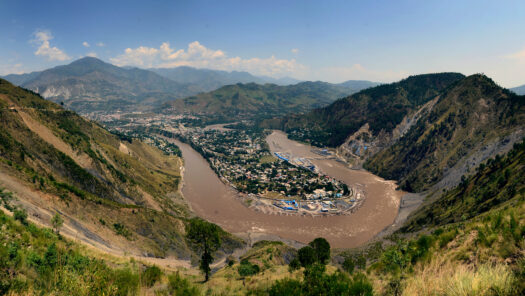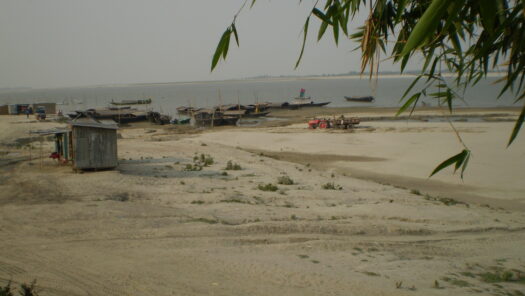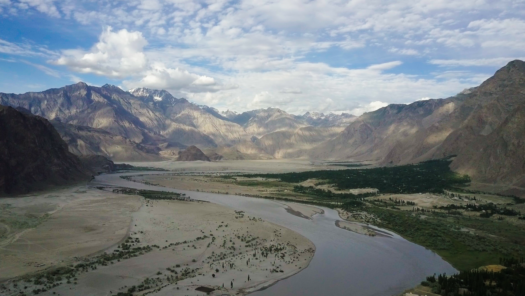Climate Change
Return to article
Can the Indus Waters Treaty Be Held in Abeyance? What the Law Allows
Two days after the April 22 attack in Pahalgam in Indian-administered Kashmir, New Delhi declared that its participation in the 1960 Indus Waters Treaty (IWT) would be “held in abeyance” until Pakistan “credibly and irrevocably abjures ” with cross-border terrorism.…

The Water Variable in South Asia’s Security Calculus
At the two-day international environmental conference hosted by Islamabad called “Breathe Pakistan" last month, former minister Sherry Rehman remarked that "climate change knows no borders." Her comments suggested that just as the challenge of changing environmental patterns is transboundary, the…

सिंधु जल संधि को प्रासंगिक बनाए रखने हेतु अद्यतन की अनिवार्यता
30 अगस्त, 2024 को, भारत ने सिंधु जल संधि (आईडब्ल्यूटी) की समीक्षा और संशोधन की मांग पाकिस्तान को औपचारिक रूप से एक सूचना पत्र देकर की| भारत ने यह सूचना पत्र परिवर्तित हो रही जनसंख्या जनसांख्यिकी, कृषि मांगों की पूर्ति और स्वच्छ ऊर्जा विकास में…

A Test of Governance: India’s Struggle Against Environmental Upheaval
India finds itself facing relentless natural calamities as a result of environmental change, set against a backdrop of a governance system that is woefully unprepared for the escalating crisis. The country is frequently battered by floods, droughts, landslides, and heatwaves,…

معاہدۂ سندھ طاس کو برمحل رکھنے کے لیے از سرِ نو جائزے کی ضرورت ہے
بھارت نے 30 اگست 2024 کو باضابطہ طور پر پاکستان کو ایک نوٹس جاری کیا جس میں سندھ طاس معاہدے (آئی ڈبلیو ٹی) پر نظرِ ثانی اور ترمیم کا مطالبہ کیا گیا تھا، جس میں آبادیاتی (اور) زرعی مطالبات کی…

Indus Waters Treaty Needs Updates to Keep it Relevant
On August 30, 2024, India formally issued a notice to Pakistan seeking a review and modification of the Indus Waters Treaty (IWT), citing concerns over shifting population demographics, agricultural demands, and the urgent need to accelerate clean energy development. The…